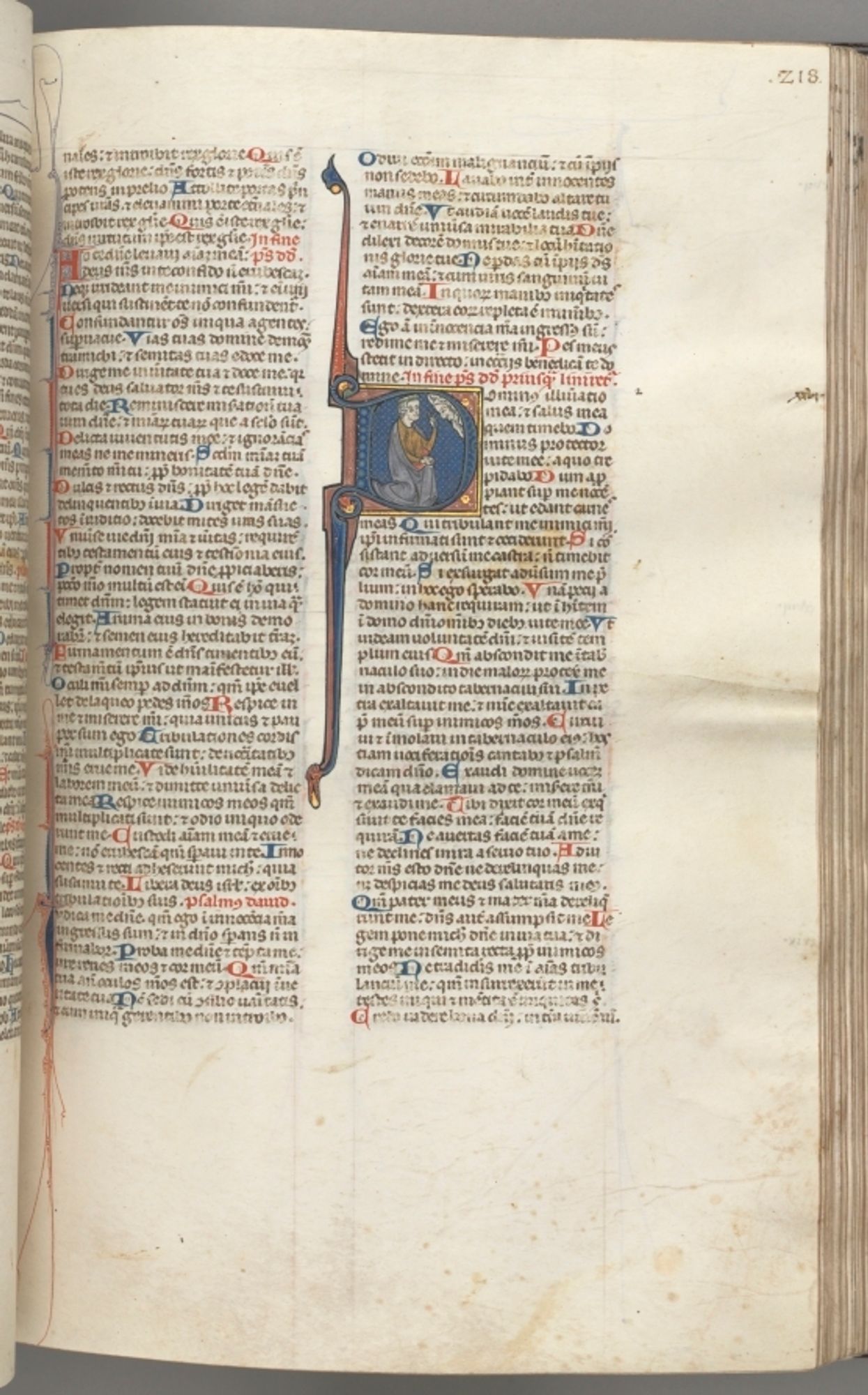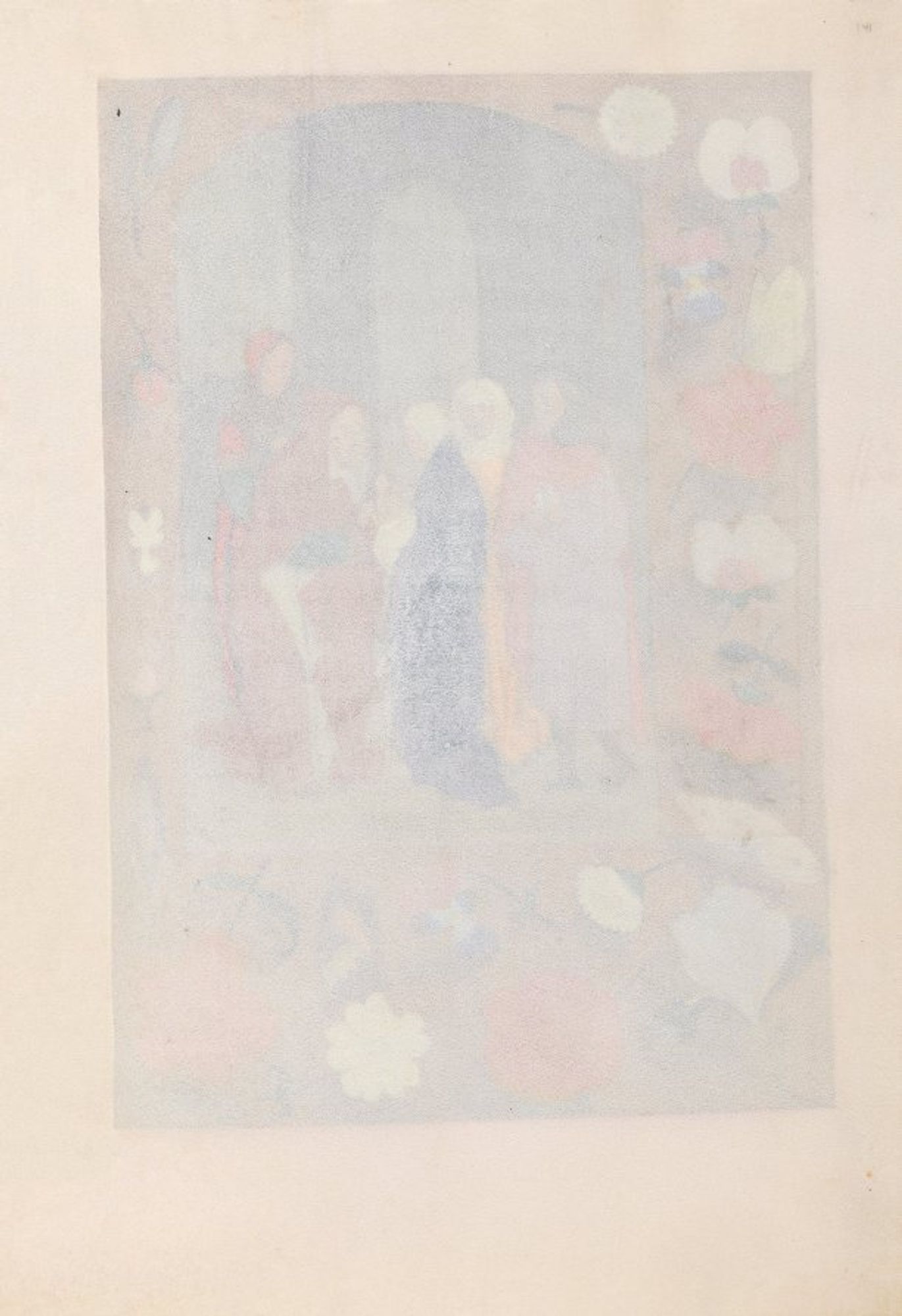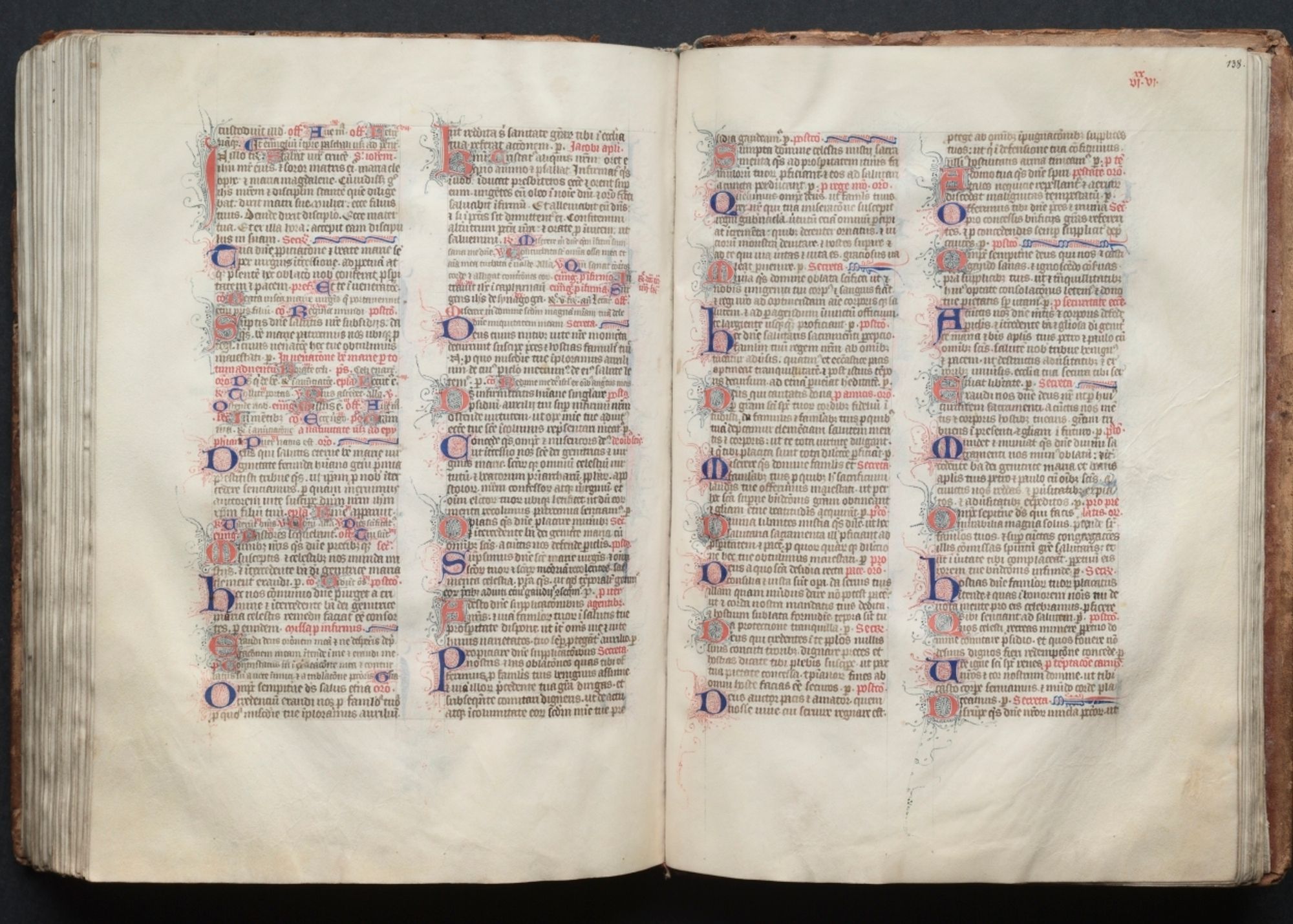おはすこ。実習最終日。久しぶりの晴れ。風が吹いて、雲がよく流れてる。ヌジャベスからの、クラムボン。folkloreを聴いている。今日の風景とよく合っている。おだやか。 music.apple.com/jp/album/fol...

曲・2003年・時間:5:21
Fol. 218r, Psalm 26, historiated initial D, David kneeling pointing to his eyes, the bust of God above https://clevelandart.org/art/2008.2.218.a

exactly. or they don't get checked out, and didn't sell in the FOL sale. so they're dead weight.
Souvent humaines varient et bien fol qui s’y fie
Geeze even on a girl's BD the bots swarm like wasps! Where do these morons come from? Not fol nor would i
Hours of Queen Isabella the Catholic, Queen of Spain: Fol. 141r https://clevelandart.org/art/1963.256.141.a

Espetacular entrevista, no "Faixa Livre" do companheiro, advogado e Cientista Político @jorgefolena.bsky.socialwww.programafaixalivre.com.br/noticias/fol...

O advogado e cientista político Jorge Folena detalhou as implicações judiciais que as ações do ex-candidato à Prefeitura de São Paulo Pablo Marçal durante sua campanha podem provocar e destacou a comp...


